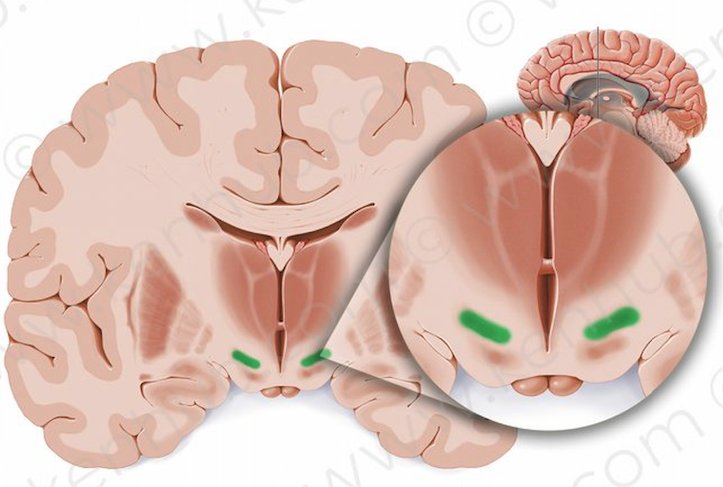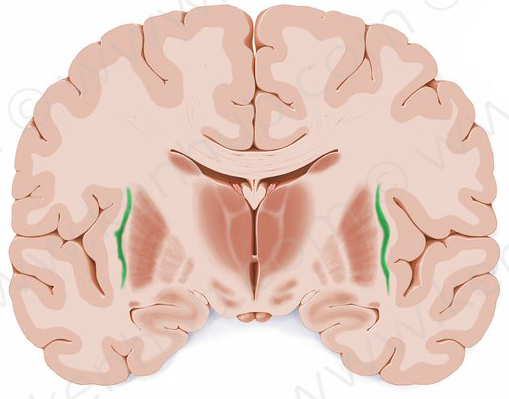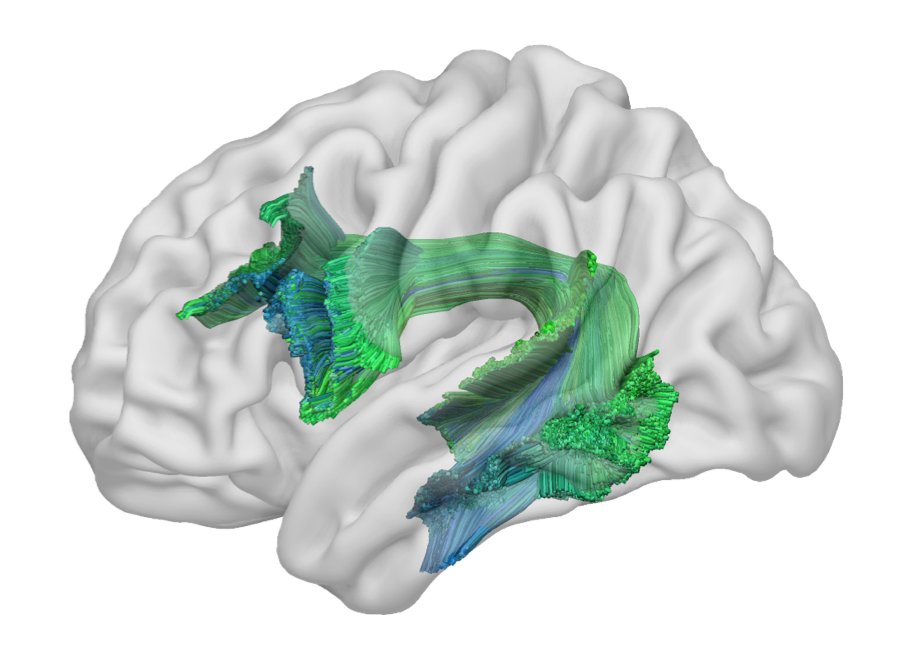
Neurologist & Neuroscientist: Lesion Mapping | Lesion Network Mapping | Brain Stimulation
How to get URL link on X (Twitter) App


 The habenula is a tiny, pea-sized structure that sits atop the pineal gland.
The habenula is a tiny, pea-sized structure that sits atop the pineal gland.

 1. Anatomy. The anatomy is simple. TRN is like a thin shell surrounding the thalamus.
1. Anatomy. The anatomy is simple. TRN is like a thin shell surrounding the thalamus.

 STN is a little smaller than an M&M. It lives in a crowded neighborhood of important structures.
STN is a little smaller than an M&M. It lives in a crowded neighborhood of important structures.


 Francis Crick, winner of a Nobel Prize for co-discovery of DNA structure, made his final scientific contribution from his death bed.
Francis Crick, winner of a Nobel Prize for co-discovery of DNA structure, made his final scientific contribution from his death bed.



 1) Arcuate = arched. Its classic arched appearance directly connects the lateral prefrontal cortex and temporal lobe. There is an indirect path with a stop in the inferior parietal lobe.
1) Arcuate = arched. Its classic arched appearance directly connects the lateral prefrontal cortex and temporal lobe. There is an indirect path with a stop in the inferior parietal lobe. 

 Insula is Latin for island, which connotes detachment & isolation. It was a botched naming job in some respects, as the insula is an exceedingly well connected anatomical hub.
Insula is Latin for island, which connotes detachment & isolation. It was a botched naming job in some respects, as the insula is an exceedingly well connected anatomical hub.

 C. That is the inferior longitudinal fasciculus (ILF), a key tract for the 'what' ventral visual pathway.
C. That is the inferior longitudinal fasciculus (ILF), a key tract for the 'what' ventral visual pathway. 

 C. IFOF.
C. IFOF.

 DMN is located as far away from primary motor and sensory cortices as possible –anatomically buffered from external reality and perfectly positioned to support stimulus-independent thought… simulating situations, replaying events, planning, ruminating.
DMN is located as far away from primary motor and sensory cortices as possible –anatomically buffered from external reality and perfectly positioned to support stimulus-independent thought… simulating situations, replaying events, planning, ruminating.

 Seems unlikely, right? In 2016 we did a lesion study of coma and our results suggested a left lateralization to a dorsolateral pontine tegmentum arousal-promoting region.
Seems unlikely, right? In 2016 we did a lesion study of coma and our results suggested a left lateralization to a dorsolateral pontine tegmentum arousal-promoting region.
 1) Increased depression was seen after lesions of the insula –right insula was strongest association of anywhere in the brain.
1) Increased depression was seen after lesions of the insula –right insula was strongest association of anywhere in the brain.

 Tatiana doesn’t like ketchup and gets annoyed when Krista eats it because she will taste it too.
Tatiana doesn’t like ketchup and gets annoyed when Krista eats it because she will taste it too. 
 A second person with a very similar lesion reported the same. There was a disorientation to time accompanied by a feeling like “time did not run.” It was even difficult to conceptualize what time was.
A second person with a very similar lesion reported the same. There was a disorientation to time accompanied by a feeling like “time did not run.” It was even difficult to conceptualize what time was. 